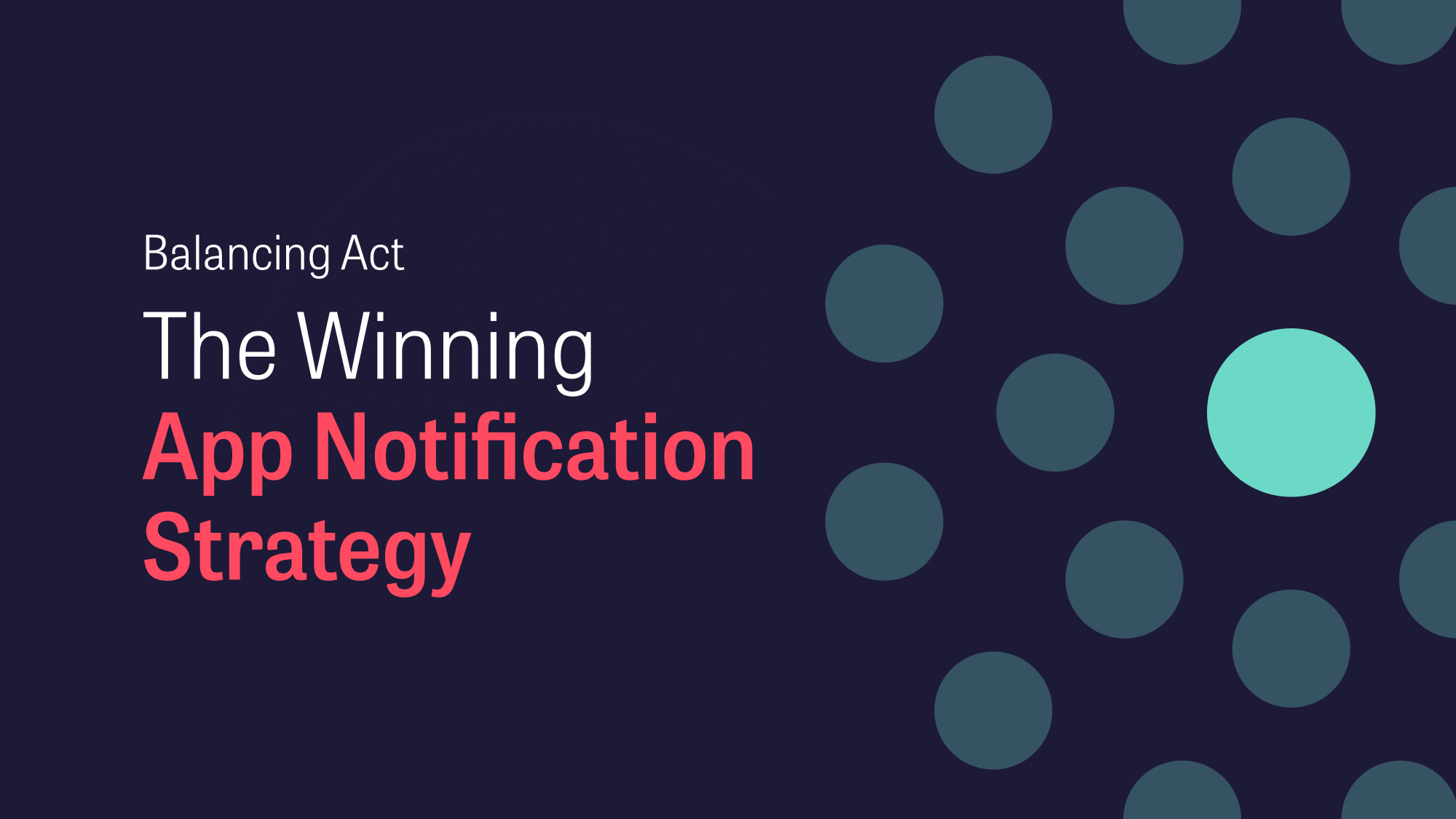
The rise of artificial intelligence (AI) has been a topic of discussion for decades, but the recent breakthrough of ChatGPT has taken it to an entirely new level. Its remarkable capabilities have been the talk of the town for months, leaving people both impressed and apprehensive. With the investment of big players like Google and Microsoft, it’s evident that we’re at the dawn of a new technological revolution that may evolve rapidly. This has sparked widespread curiosity about how AI tools will shape the future of technology. What will apps and smart devices look like in the AI paradigm? In this blog post, we peer into the crystal ball and try to get a glimpse of how AI may shape and provide new opportunities in the digital landscape.
The Key to ChatGPT’s Success
The success of ChatGPT is really a testament to the advancement in the underlying algorithms and statistical methods. However, the development of language-based AI tools similar to ChatGPT has been ongoing for many years. So what's making AI appear to have advanced so rapidly by the introduction of ChatGPT? The answer lies in the Transformer architecture introduced by Google Brain in 2017 — a type of neural network model that has demonstrated astonishing capabilities in processing huge amounts of data within milliseconds. It allows for parallelisation, in which words in a sentence can be processed at the same time rather than word by word. This makes the algorithm behind ChatGPT more efficient at training on large amounts of text-based data, resulting in a significant improvement in its ability to generate reasonable sentences that may give the impression of human-like intelligence.
ChatGPT may be one of the most impressive AI tools to gain massive hype in record time, but it’s just one of many exciting tools within the field of ‘Generative AI’. During recent years, this field has become more and more crowded: For almost any thinkable content format, there is an AI model that can generate it, may it be text, image, audio, speech, 3D models, code, or data. ChatGPT signifies the first major mainstream breakthrough in Gen-AI tools that leverages the Transformer architecture – and so, with the proven capabilities of the Transformer architecture, it’s likely that the pace in which these tools will improve will only increase.
 Source: Antler
Source: Antler
Improved Queries
Some of these AI-tools come in closed applications, but many AI companies also provide integrations through APIs in order for platform players to leverage the AI capabilities in their own projects.
ChatGPT recently jumped the bandwagon and released an API to seamlessly integrate the language model into any application – including Slack. With only a little configuration required (and a deep wallet), ChatGPT can be recalled to give input directly in your Slack conversations. While we've had a blast using it for fun and games in Shape, this showcases the potential to offer advanced chatbot services with minimal effort. Given that companies typically spend about 10% of their costs on customer support services, one could easily imagine how integrating finely-tuned chatbots into customer-facing platforms could significantly reduce costs.
The benefits need not, however, be limited to customer support. Applications, like Instacart, have showcased how enabling the ChatGPT API has allowed for augmented search, in which asking a question, such as “What should I cook for my kids?” prompts relevant, family-friendly dinner recipes. It illustrates how advanced natural language processing (NLP) models, like ChatGPT, can be used to overcome the limitations of search and provide more personalised, and richer responses that better understand the request. As users tend to prefer internal search fields over navigation, but also often lack search skills, allowing for more flexibility in search could have a significant impact on a business’ bottom line – given that a product cannot be sold, if it cannot be found. For businesses, it therefore seems evident that Gen-AI will pave the way for better findability features. Chatbots may not only become more prevalent in e-commerce, but search fields may more closely come to represent chatbots, as they become better at understanding search prompts.
The Inevitable Voice Assistants
With the rapid advancements in language processing, voice assistants are also improving in their contextual understanding and speech recognition capabilities. In the future, we can expect voice assistants to provide assistance with a wider range of tasks such as scheduling appointments, facilitating purchases, and answering specific inquiries beyond the usual "what's the weather like today?". It’s even been speculated that future voice assistants may not even provide better answers to a wider array of questions, but may also feature emotion recognition and proactive assistance, in which voice assistants may adjust their responses based on the users sentiment while also anticipating users needs without explicit prompt from the user.
As digital assistants become better at executing tasks, they are likely to integrate with more devices, providing greater value to the Internet of Things (IoT) ecosystem. The use of voice commands to control IoT devices has already gained traction, and as voice assistants continue to improve, we can expect a more frequent appearance of voice assistants throughout our homes and workplaces.
This could ultimately lead to the expansion and growth of the smart device ecosystem, as AI technologies continue to evolve and more devices become integrated with voice assistants. We see the trend already happening with an increasing number of devices featuring voice assistants. Today, voice assistants have a place in our phones, our homes, our cars, and even as extensions to ourselves in the form of wearables. As these become better at operating cross-platform, voice assistants may not just be ubiquitous, but inevitable to the digital experience, potentially becoming the primary interface for interacting with technology. For app developers, this may both present an opportunity as well as a necessity to think about voice commands as a standard component of the app experience.
The Next Wave of AR
Another interesting opportunity of the Gen-AI space pertains to the prospects of 3D Gen-AI. While current 3D model generation technology may not yet match the quality of graphic designers, recent breakthroughs demonstrate promising results. OpenAI's Point-E, for example, can generate 3D models on a single GPU within seconds, which is a major step forward in comparison to text-conditional 3D model generators, which often require multiple GPU-hours.
This development is particularly significant for mobile developers who are looking to create immersive Augmented Reality (AR) app experiences. The time and cost required to create 3D models are significant obstacles to AR development. However, the ability to generate 3D models quickly and cost-effectively using Gen-AI technology can revolutionise the field. With these advancements, we can expect even richer and more complex AR app experiences in the future, as well as a broader range of use cases in the next wave of AR apps.
The progress made in the field of General Artificial Intelligence (Gen-AI) takes on heightened significance in light of the swirling rumours about Apple's new AR glasses. These so-called "Apple Glasses" are expected to be designed as an everyday wearable, and are rumoured to feature a sleek design with lenses that incorporate built-in displays, enabling users to interact with digital content through intuitive gestures. If these speculations prove accurate, the Apple Glasses could serve as a powerful catalyst for the widespread adoption of AR technology.
As AR technology becomes more accessible, the enhancement of 3D model generation and the emergence of increasingly intelligent AR devices could create a synergistic effect, propelling each other's advancements forward. This, in turn, would lead to groundbreaking experiences, not only within the app ecosystem but also throughout the entire AR space.
Such innovative AR solutions hold the potential to redefine user engagement and transform various industries, including entertainment, education, healthcare, and retail. As AR technology becomes an integral part of our daily lives, the opportunities for novel applications and immersive experiences will continue to expand, unlocking new possibilities for human-computer interaction.
End note
With improvement in Gen-AI along with the introduction of APIs, the technology is not only becoming more powerful, but also democratised. AI's improvement will undoubtedly enhance the capabilities of machine learning and AI applications such as voice recognition, speech-to-text, translations, search, recommendation systems, and more. It will seep into everything we do, and perhaps in ways that we cannot yet imagine.
As such, the year of 2023 may just mark an interesting turning point for AI technologies, in which future advancement will likely occur at an exponential rate. ChatGPT has made us realise that we are in the midst of an exciting time, in which the most powerful AI applications are still to come.
For more information and general questions around the topic, please reach out to Strategy & Business Consultant, Linea Lippert at linea@shape.dk






